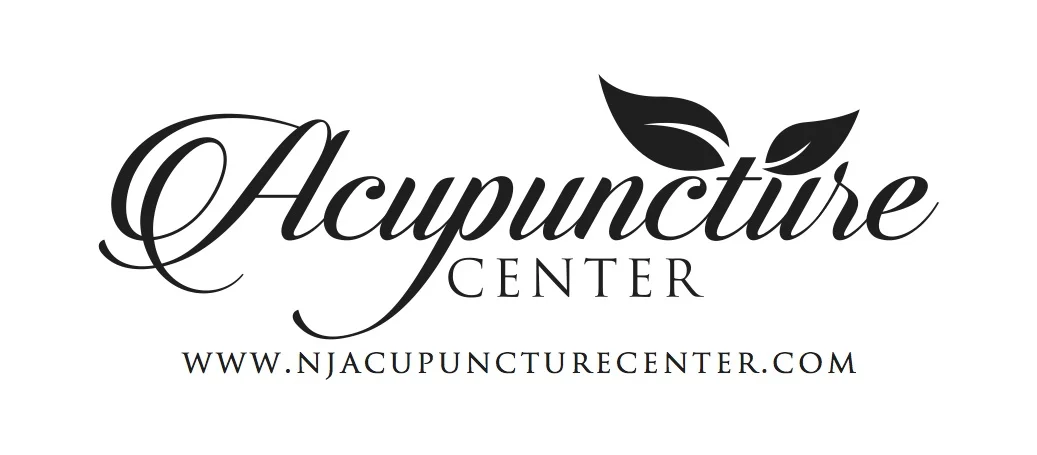One Woman Shares What Happened When She Tried Acupuncture for PMS
/When you’re suffering from a bad bout of PMS, you’re bound to try just about anything to find relief.
But instead of turning towards anti-inflammatories and painkillers, and curling up on the couch with a heating pad, why not try acupuncture? The noninvasive therapy can help to combat the unpleasant exhaustion, headaches, mood swings, cramps and just about every other side effect of your monthly “gift.”
In a recent Bustle Article, writer Emma McGowan shared her experience when she turned to acupuncture for some holistic relief.
Struggling with suffering from nearly two weeks of both the physical and emotional ramifications of PMS (due to irregular periods) she opted not to go on hormonal birth control, and instead followed her aunts suggestion that she try acupuncture. (Her aunt is an acupuncturist, after all.)
With confliction options around the efficacy of acupuncture for PMS (though we’re firm believers in it’s power!) she decided to go for it, and her experience was met with big results.
After six months of treatments she shared, “First of all, I can tell you that my physical symptoms pretty much disappeared within the first couple months of doing weekly treatments. No or minimal boob swelling and nipple soreness and I only feel like I want to crawl out of my skin for a day or two, as opposed to two solid weeks.”
As far as her emotional issues, she said they did seem to amplify as her physical ones passed, though she acknowledges, “But there was also a lot going on in my life during that time, so it can be a little hard to gauge.”
Overall, would she recommend acupuncture to anyone considering it? She says, “Sure! If it’s affordable for you, give it a shot. The risks are low. And it might just make you feel 10 times better.”





















